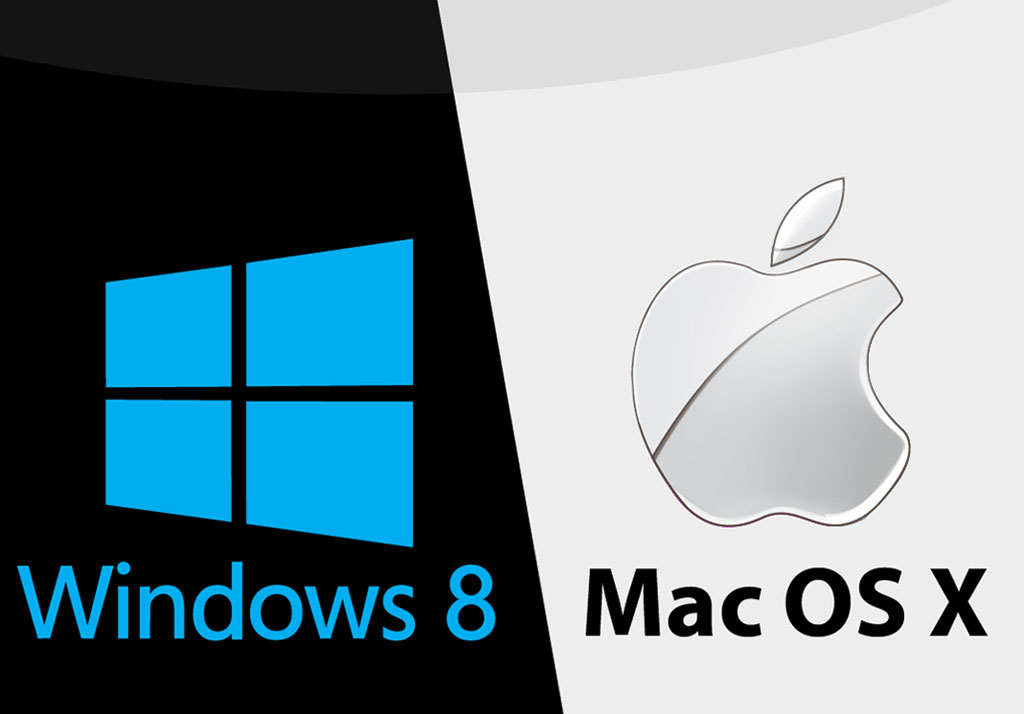

For better Unicode support, you may like to consider installing and using either Firefox or Opera, both of which are available for Windows, Mac and other operating systems. to get access to the glyphs you added to your Favorites in the previous steps.Alan Wood’s Unicode Resources Unicode and Multilingual Web BrowsersĪlthough Microsoft’s Internet Explorer browser is widely used, it does not have as good Unicode support as some of its competitors. To insert the glyphs into text that you are typing in an application, just select the Edit menu and from under that, Special Characters. Unicode is faster and more efficient than individually selecting characters from the Character. Character Viewer - Glyph for U+FDFBĪll of the above is a one-time process once this is done, it doesn't need to be done again.

Repeat the process for the glyph for U+FDFB. Search for the glyph for U+FDFA in Character Viewer, select it, and then add it to the Favorites by clicking on the Add to Favorites button. Launch the Character Viewer from the Input menu on the menu bar. We can do this by searching for them in Character Viewer and adding to our favorites in there. Keyboard preferences - Input Sources tabĪfter doing the above, we will add the two glyphs to our favorites for easy access. Mac and Windows Unicode Symbols and Alt Codes, Alt+0189, Half, Alt+0190, Three quarters, Alt+240, Exactly Identical, Alt+247, Approximately equal. Next, switch to the last tab named Input Sources and enable the option Show Input menu in the menu bar. Unicode makes it easier to created localized versions of software, and is used by Windows NT, Windows 2000, Windows XP, and Mac OS X at the system level for. To do this, type "Keyboard" in Spotlight to bring up the Keyboard preferences.Įnable the option Show Keyboard & Character Viewers in menu bar towards the bottom of the window, on the first tab named Keyboard. Here's how I did it on my Mac.įirst, enable the Input menu to gain access to the Character Viewer utility application. On Mac OS X, the process is slightly more involved. On Windows, it is fairly simple you just hold down the Alt key and type F, D, F and A (or B) to get the desired glyph. These two glyphs correspond to Unicode characters U+FDFA and U+FDFB respectively. Inspired by that, I investigated how to do the same on a Windows or Mac OS X machine in general. A friend of mine posted a method to write glyphs for ﷺ and ﷻ in Microsoft Word, on Facebook recently.


 0 kommentar(er)
0 kommentar(er)
